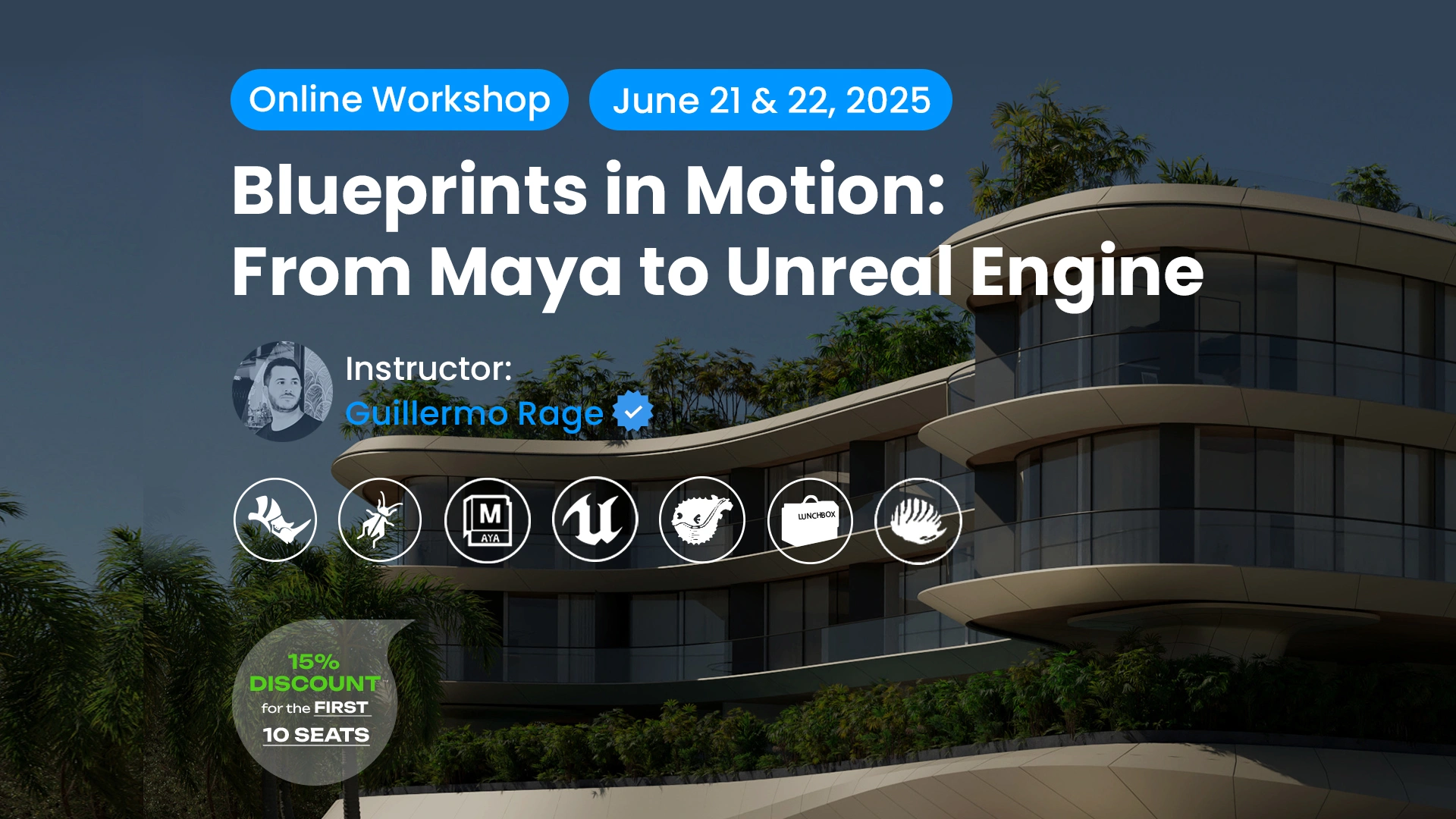Yuandang Pedestrian Bridge
The Yuandang Pedestrian Bridge, connecting Jiangsu Province to Shanghai, was designed by BAU. Inspired by the region’s nature, it aims to blend cultural characteristics of both sides. The bridge incorporates biological repair and offers unique experiences to visitors.
Featuring a design that blurs the lines between structure and sculpture, it integrates ecology, transportation, culture, and landscape. The surrounding context, which includes wetland parklands, pedestrian paths, and a green bicycle network, influenced the bridge’s development.
Design
The design reflects the shared culture on both sides of the lake, with a pavilion inspired by a special rock found in Lake Tai. This pavilion not only bears visual resemblance to the rock but also provides a play area for children.
Additionally, the bridge features a winding road and a six-meter-wide deck consisting of a bicycle path, a walking path, and an area for local vegetation, creating a floating garden appearance. It offers various facilities like resting areas, lake view spots, vegetation, playgrounds, plazas, shade, and seating areas.
The bridge also supports biodiversity by incorporating planting on the bridge, new islands in the lake, and the lake bed. Efforts are being made to create a habitat for native flora and fauna, fostering a healthy and biodiverse ecology in the area.
Project Info
Architectural Design: BAU
Location: Shanghai, China
Completion Date: 2021
Photos: Zhu Runzi





















Leave a comment